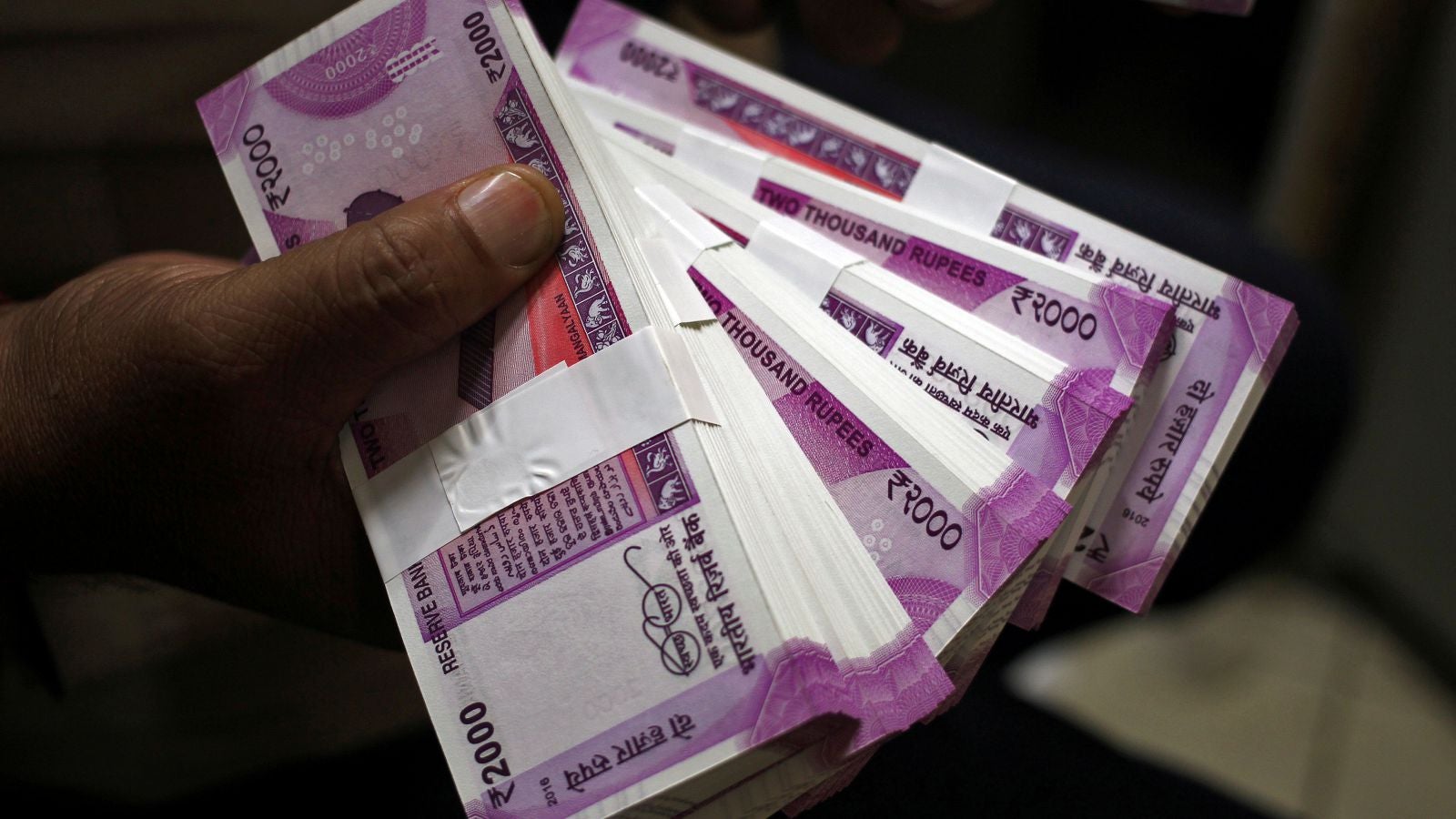Already Asia’s worst-performing currency, the Indian rupee could slide further
The Indian rupee has been on a slide for months, and there seems to be no end to it.


The Indian rupee has been on a slide for months, and there seems to be no end to it.
On June 28, the currency fell to Rs69.01 against the US dollar, its weakest level till date. It is likely to slip further to Rs70 over the next few weeks as macroeconomic concerns persist, including higher crude oil prices, trade deficit, weak investor sentiment, and capital outflows. This year, Asia’s worst-performing currency has already lost over 8% of its value.
The last time things were this bad was back in November 2016, when demonetisation battered the Indian economy and left its future uncertain.
Wobbly numbers
The rupee’s slide was triggered by factors like oil prices hitting the highest levels since 2014. Global crude prices are up due to a decline in production even as demand has increased. Considering that India meets nearly 80% of its fuel needs through imports, the country will be splurging dollars, a situation that doesn’t augur well for the rupee.
The outflow of dollars, in turn, puts pressure on the current account deficit (CAD), i.e., when the value of goods and services imported is more than the exports bill. Together, a surge in oil prices and a higher CAD are a double whammy for the domestic currency.
The widening CAD could have been managed with higher foreign-fund inflows. But institutional investors are pulling out of India for the first time in a decade and will continue to do so till the uncertainty of an election year ends. So, the rupee could stay on a weak wicket till then.
Besides, as the dollar strengthens, the rupee typically weakens. “Positive US economic data, the impending rate hikes by the US Federal Reserve, and political uncertainty in Europe have only strengthened the dollar,” said Pritam Kumar Patnaik, business head at Reliance Commodities.
All these factors mean that the Reserve Bank of India (RBI) may have to step in to stem the rupee’s slide. And that’s more bad news.
What it means?
As the bill for commodities like fuel goes up, prices of products such as vegetables and personal-use items, too, increase. The resultant rise in inflation will need to be tackled by the RBI, which will resort to interest rate hikes to restrict money supply. That, in turn, will make loans costlier and curb credit growth. The cost of foreign holidays and education, too, will increase in the meantime.
For businesses, besides lower consumer spending, the impact will be seen in imported raw materials getting more expensive.
Indian exporters would be the one group that will enjoy the benefits of a weakened rupee. However, even here, the scope may be limited as they may have to shell out more for input costs due to the weaker currency.